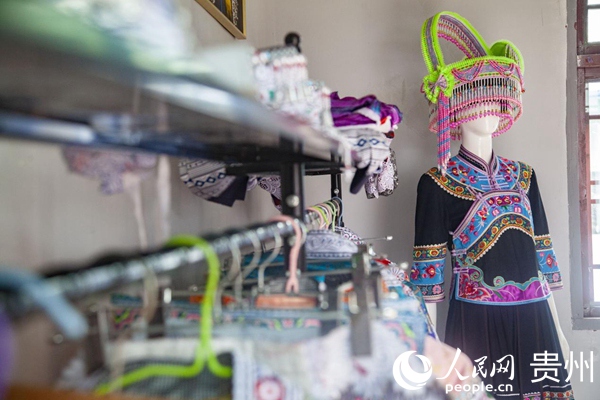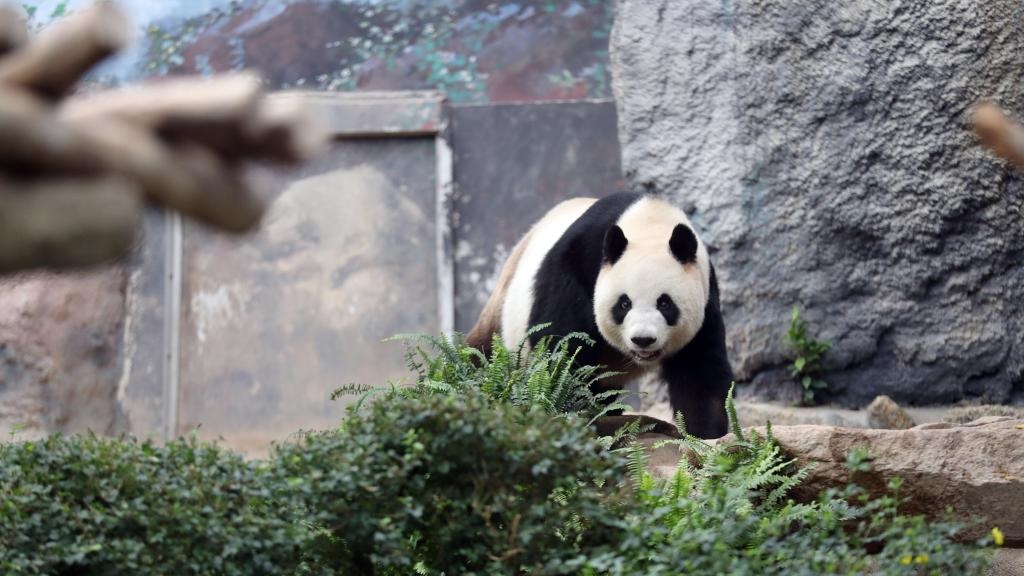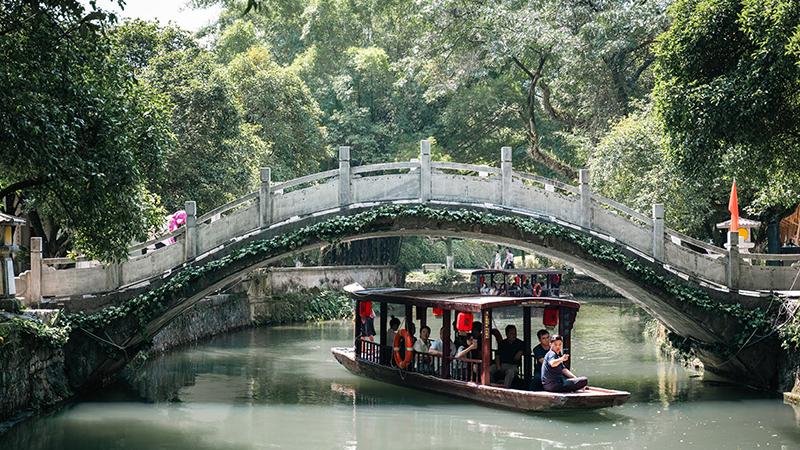Ancient Miao embroidery drives tourism boom in rural SW China’s Guizhou
Yang Wenli, a native of Huawu, a Miao village in Qianxi city, southwest China's Guizhou Province is preserving the ancient art of Miao embroidery. The traditional craft gained recognition as a national-level intangible cultural heritage in 2006.
"Miao embroidery is a traditional craft that has been passed down through generations," said Yang, who was born after 1995.
"Though I resisted learning the craft as a child, I'm now dedicated to passing on these techniques," she added.

Photo shows Miao embroidery products. (People's Daily Online/Long Zhangyu)
As a municipal-level inheritor of Miao embroidery and head of a local workshop in Huawu village, Yang has introduced the craft to wider audiences through livestream shows and other platforms.
"Our best livestream show brought in nearly 90,000 yuan ($12,420) in sales. This year, our workshop's sales volume has already exceeded 2.3 million yuan, surpassing last year's total," she said.
Yang leads a team that includes designers, drawing young talent back to their hometown. Her product range has evolved from traditional embroidery to creative cultural items, including sachets, scarves, sun hats, decorative paintings and mouse pads.
Through the years, Yang has expanded the workshop's operations and innovated Miao embroidery techniques, helping the industry thrive while improving embroiderers' livelihoods.
This summer, Yang received her first international orders after foreign visitors, captivated by Miao embroidery during their workshop visit, commissioned custom pieces.
Recognizing Miao embroidery's cultural significance, Yang plans to expand internationally to showcase this traditional Chinese art form to global audiences.
The village has transformed into a tourist destination through its development of Miao embroidery, ginger cultivation and huangba production — a local sticky rice dessert — aided by infrastructure improvements, according to Huawu village Party head Xiao Yangqun.
Xiao said the village has attracted more than 800,000 visitors and generated 160 million yuan in tourism revenue this year.
This success story reflects a broader national effort to preserve intangible cultural heritage. In recent years, China has established a four-tier system of intangible cultural heritage lists at national, provincial, municipal and county levels, recognizing more than 100,000 representative items and 90,000 inheritors.
Photos
Related Stories
- Miao people celebrate traditional New Year and Guzang Festival in SW China's Guizhou
- Trending in China | Discover the art of Miao painting
- Nighttime carnival celebrates Miao culture
- Miao ethnic group hamlet in China promotes rural vitalization for further development
- Miao ethnic village in SW China preserves ancient traditions
- Miao people celebrate Caihuashan festival in Chongqing
- Time-honored musical instrument echoes melodies from mountains
- Feature: Passing down language without writing system to schoolkids in Miao ethnic village
- Gannangxiang Lusheng festival celebration of Miao people
- Daily life in Miao ethnic group hamlet in China
Copyright © 2024 People's Daily Online. All Rights Reserved.









